
The best neuroscience articles from May 2017
This month’s collection of the best neuroscience articles includes twelve articles from around the web about newly released research and advances in experimental techniques. Happy reading!
1. Oxford student creates first synthetic retina
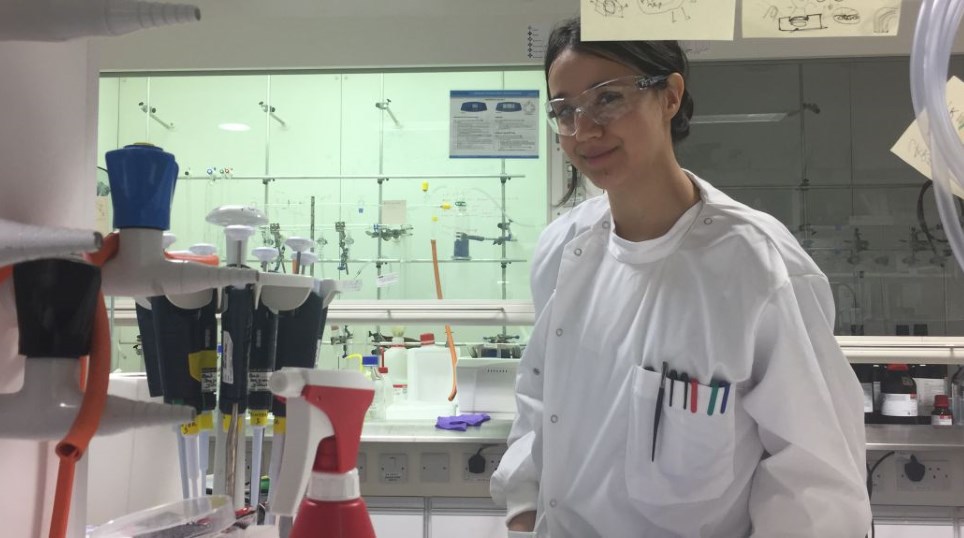 Credit: University of Oxford
Credit: University of OxfordA 24-year-old PhD student from the University of Oxford has developed a new synthetic, soft tissue retina that acts similarly to a digital camera with the hope of improving sight for the visually impaired. This is the first artificial retina not made of hard, rigid materials and can generate electric signals that may stimulate neurons at the back of the eye.
See more
2. “Exercise-in-a-pill” boosts athletic endurance by 70 percent
Scientists from the Salk Institute have identified a gene pathway, triggered by running, which can be fully activated in sedentary mice by a chemical compound. This mimicked some of the beneficial effects of exercise, including greater fat burning and a 70% increase in endurance without training.
When the team investigated changes in gene expression in muscle because of the drug, they found that genes regulating the breakdown and burning of fat increased expression, but genes related to breaking down carbohydrates were suppressed. Burning fat takes longer than burning sugar, and glucose is the preferential fuel unless there is a worthy reason to conserve it. One reason may be to maintain brain function during periods of high-energy expenditure (e.g. during running) as the brain prefers burning sugar to fat.
Too good to be true?
3. Researchers discover neuronal targets that restore movement in model of Parkinson’s Disease
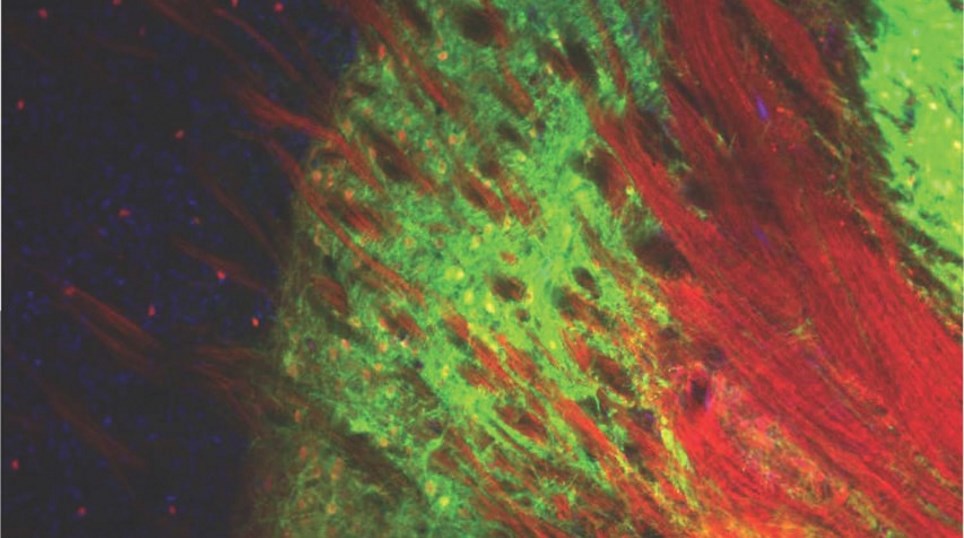
Credit: Carnegie Mellon University
Carnegie Mellon University neuroscientists have used optogenetics to learn more about the neural circuitry involved in Parkinson’s disease. In doing so, they discovered neuronal targets in the basal ganglia that restore movement in a mouse model of the disorder, achieving longer lasting effects than current therapies, like deep brain stimulation.
Click this target
4. #LabHacks: Tips for performing adult animal brain slicing for patch clamp recording experiments
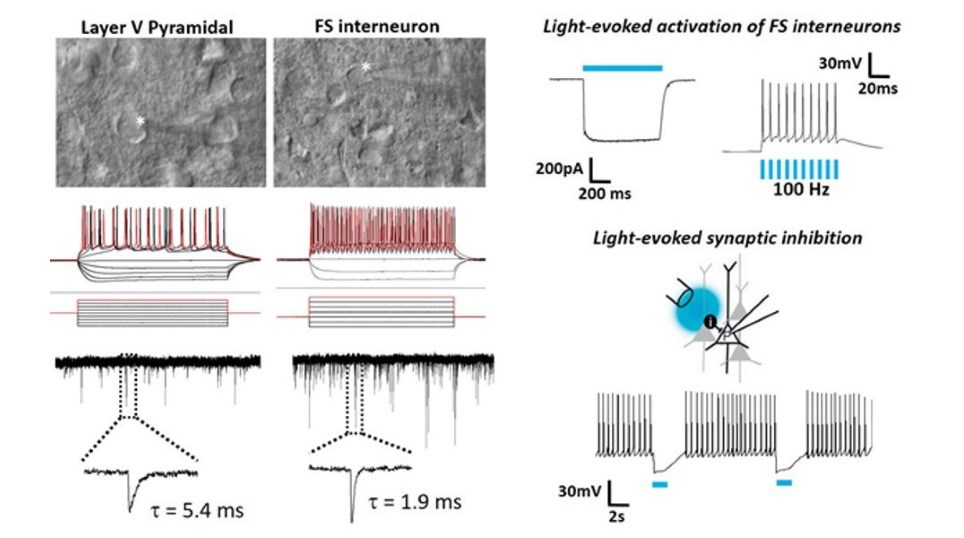
Credit: Jonathan Ting
Preparing consistently healthy adult brain slices from mature adult animals for patch clamping experiments can be challenging. By following the tips in this article your adult brain slices will be better than ever, and you will be ready to tackle even the most difficult patch clamp experiments.
Slicing tips this way
5. ANU engineers build brain-on-a-chip
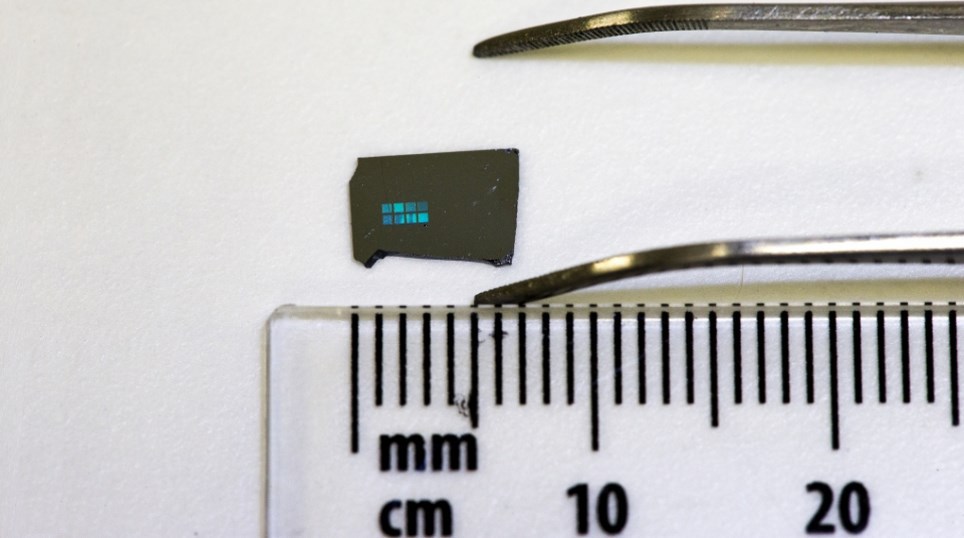 Credit: Australian National University
Credit: Australian National UniversityResearchers at The Australian National University (ANU) have developed a suitable material to allow brain cells to grow and form predictable circuits. They grew brain cells on a semiconductor wafer patterned with nanowires which guide the growth of brain cells. These devices may lead to brain prosthetics.
Read more
6. Precise mechanisms of a calcium-dependent kinase during the formation of new memories
At the Max Planck Florida Institute for Neuroscience, imaging methods have been optimised to enable visualisation of CaMKII activation during synaptic plasticity. The researchers increased the temporal resolution of Fluorescence Lifetime Imaging Microscopy (FLIM). By doing so, they could see how CaMKII acts during synaptic plasticity when neurons fire rapidly, and calcium spikes occur in quick succession.
Form some memories
7. Sacrificing sleep for love
Scientists have discovered neurons that enable male fruit flies to stay up late so they can court female flies. It is currently unclear if similar mechanisms are at work in humans when we suppress sleep to stay up for important or interesting activities
Sleep or Love?
8. Finding traces of memory processing during sleep
At the University of Tübingen, neuroscientists have shown that the human brain reprocesses previously learned information during sleep. By using a machine learning algorithm based on statistical pattern recognition, they predicted the types of images subjects had studied while they slept, based entirely on the electrical brain activity recorded by an electroencephalogram. Therefore, learning these images when awake must have impacted the brain’s activity during sleep.
Don’t forget to sleep
9. Scientists identify a neural circuit that rotates a fly’s internal compass
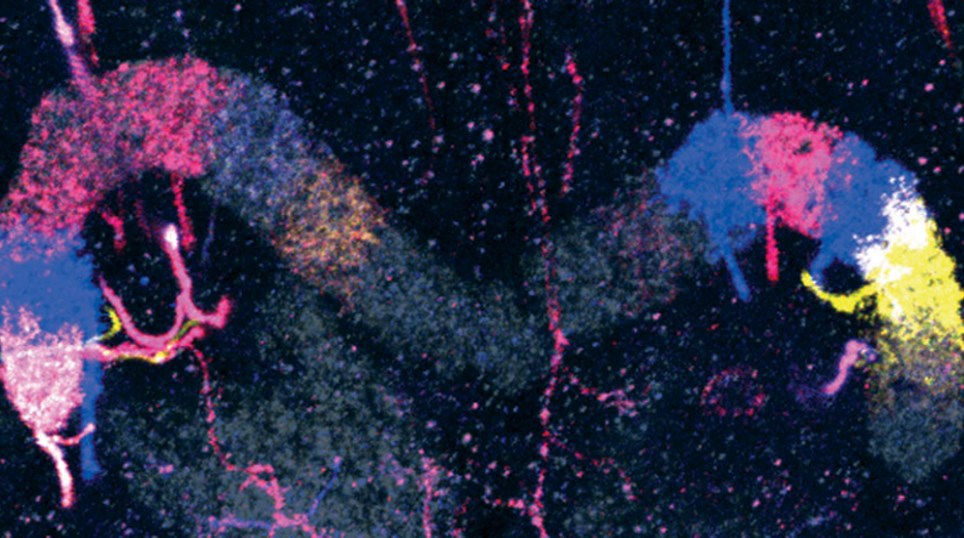 Credit: Rockefeller University
Credit: Rockefeller University
Research published in Nature identifies the neurons that enable flies to know which direction they are facing as they turn. These neurons are required for a fly to keep track of its position and find a way back to its hive, nest or colony. A similar mechanism may be at work in humans as they try to find their way home.
This way
10. UvA researchers discover new ‘GPS’ neuron
Researchers in The Netherlands identified a new ‘GPS’ neuron, known as the ‘neighbourhood’ cell, which seems to allow the brain to differentiate between distinct segments of the environment.
Which way?
11. Deep Sleep Maintains the Learning Efficiency of the Brain

The causal context of how sleep maintains learning efficiency has been uncovered by developing a new, non-invasive way of modulating deep sleep in a targeted region of the human brain. This suggests that when some parts of the brain are unable to go through proper deep sleep cycles, their learning efficiency is diminished.
Sleep some more
12. Mind-controlled device helps stroke patients retrain brains to move paralysed hands
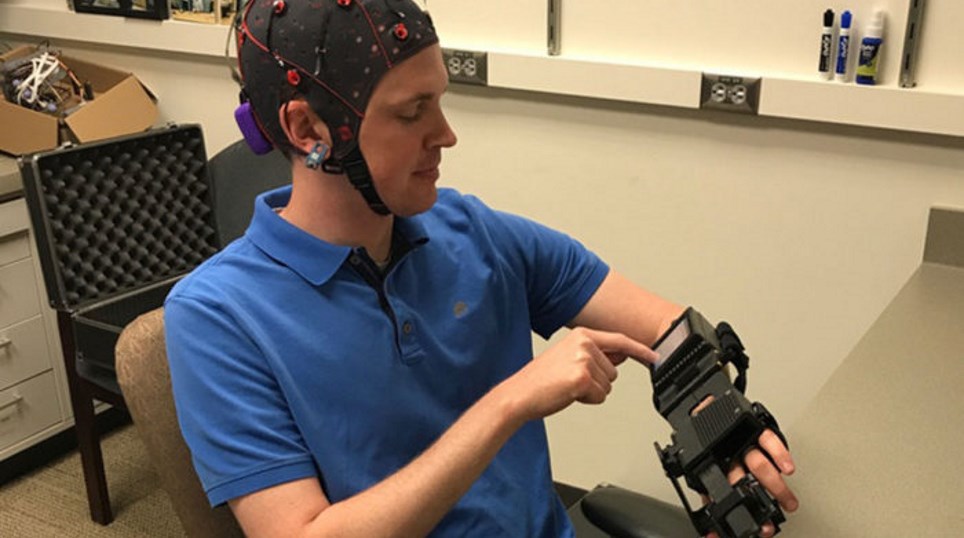 Credit: Leuthardt Lab/WUSTL
Credit: Leuthardt Lab/WUSTLResearch from the Washington University School of Medicine in St Louis has created a mind-controlled device that could help stroke patients to retrain brains to move paralysed hands by reading brain signals.

)